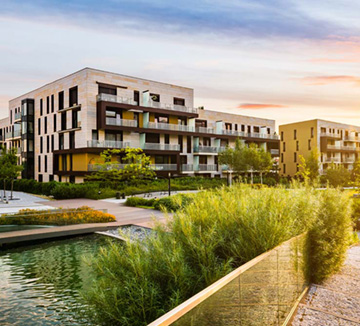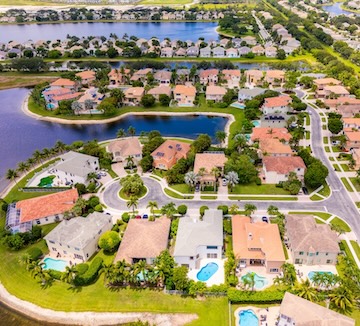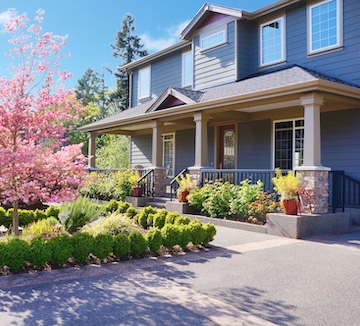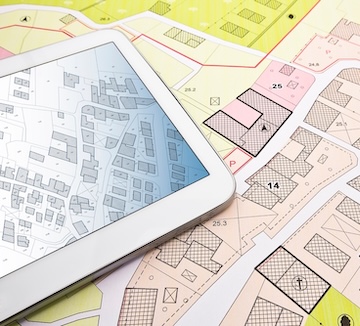How to Spot a Walkable Neighborhood
 In the realm of real estate, the concept of a walkable neighborhood has gained substantial popularity in recent years. Homebuyers and renters are increasingly prioritizing communities where they can ditch their cars and enjoy the convenience of strolling to nearby amenities. If you’re on the lookout for a home in a walkable neighborhood, here’s a guide to help you spot the signs of a pedestrian-friendly paradise.
In the realm of real estate, the concept of a walkable neighborhood has gained substantial popularity in recent years. Homebuyers and renters are increasingly prioritizing communities where they can ditch their cars and enjoy the convenience of strolling to nearby amenities. If you’re on the lookout for a home in a walkable neighborhood, here’s a guide to help you spot the signs of a pedestrian-friendly paradise.
1. Check the Neighborhood’s Walk Score
One of the quickest ways to gauge a neighborhood’s walkability is by utilizing online tools that provide Walk Scores. These scores consider factors like proximity to grocery stores, schools, parks, and public transportation. The higher the Walk Score, the more convenient and accessible the neighborhood is for pedestrians.
2. Proximity to Daily Necessities
A walkable neighborhood is characterized by its close proximity to everyday essentials. Take note of how far the nearest grocery store, pharmacy, and healthcare facilities are. The more amenities within walking distance, the more likely it is that you’ve stumbled upon a walkable gem.
3. Public Transportation Options
Walkability often goes hand-in-hand with accessible public transportation. Check for nearby bus stops, train stations, or subway lines. A neighborhood well-connected to public transit not only benefits pedestrians but also offers alternative transportation options for those longer journeys.
4. Infrastructure for Pedestrians
Observe the infrastructure dedicated to pedestrians. Are there well-maintained sidewalks, crosswalks, and pedestrian-friendly zones? Walkable neighborhoods prioritize the safety and comfort of those on foot, with features like street lighting and clearly marked crossings.
5. Green Spaces and Parks
Walkable neighborhoods aren’t just about convenience; they also provide spaces for relaxation and recreation. Take note of nearby parks and green areas where residents can enjoy outdoor activities, fostering a sense of community and well-being.
6. Mixed-Use Developments
Look for neighborhoods with a mix of residential, commercial, and recreational spaces. This mix promotes a vibrant atmosphere, encouraging residents to walk between their homes and nearby businesses. The presence of cafes, restaurants, and shops within walking distance adds to the appeal of a walkable community.
7. Community Engagement
A strong sense of community often goes hand-in-hand with walkability. Attend local events, visit community centers, and explore farmers’ markets to get a feel for the neighborhood’s social fabric. A community that engages in local events and activities is likely to be a more walkable and interconnected one.
Choosing a walkable neighborhood is not just a lifestyle preference; it’s an investment in health, sustainability, and community. By considering factors like Walk Scores, proximity to amenities, and pedestrian infrastructure, you can confidently identify a neighborhood that aligns with your vision of a more walkable and connected future. So, lace up your walking shoes and step into a neighborhood where the journey is just as rewarding as the destination.
Compliments of Virtual Results





What Others Are Saying